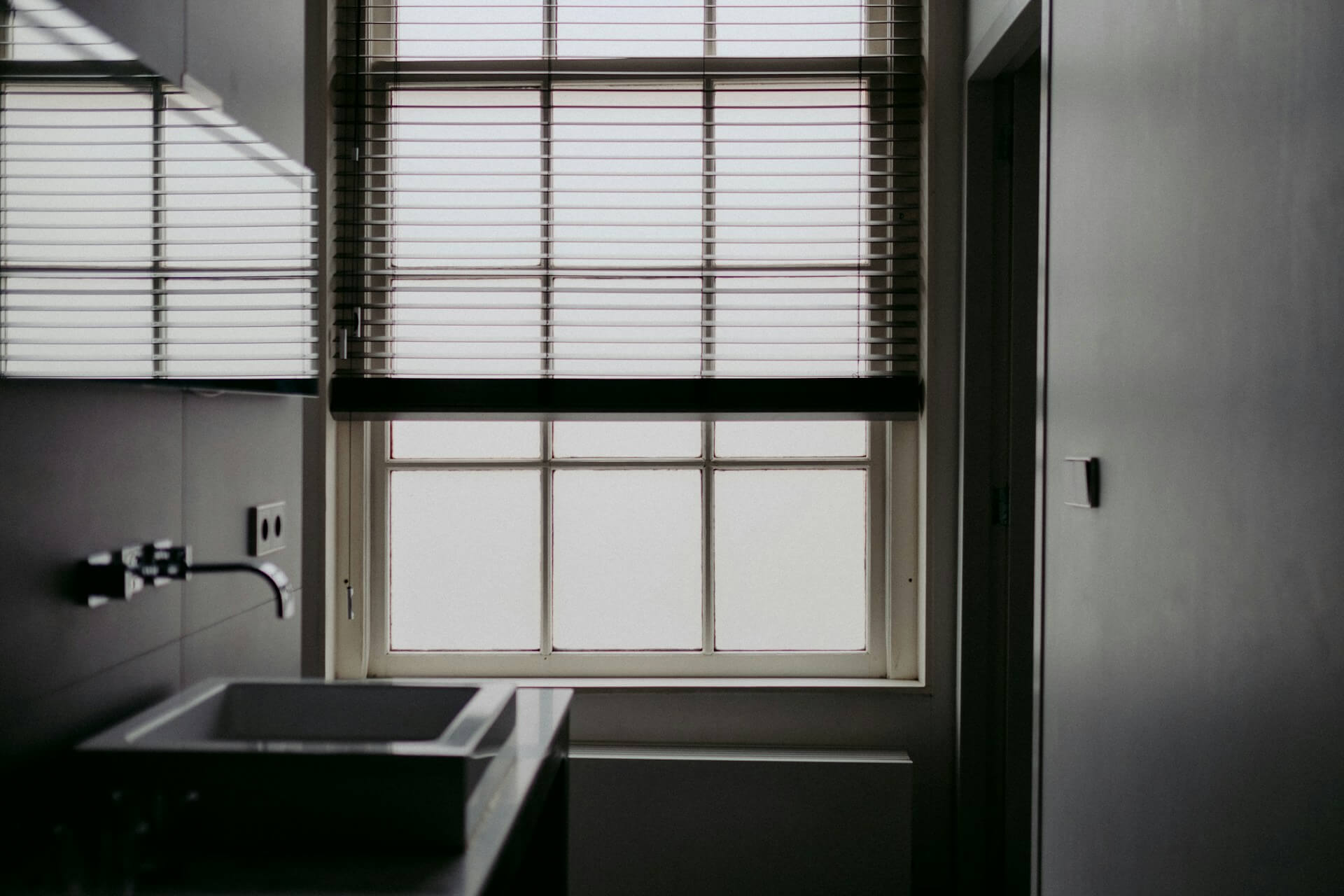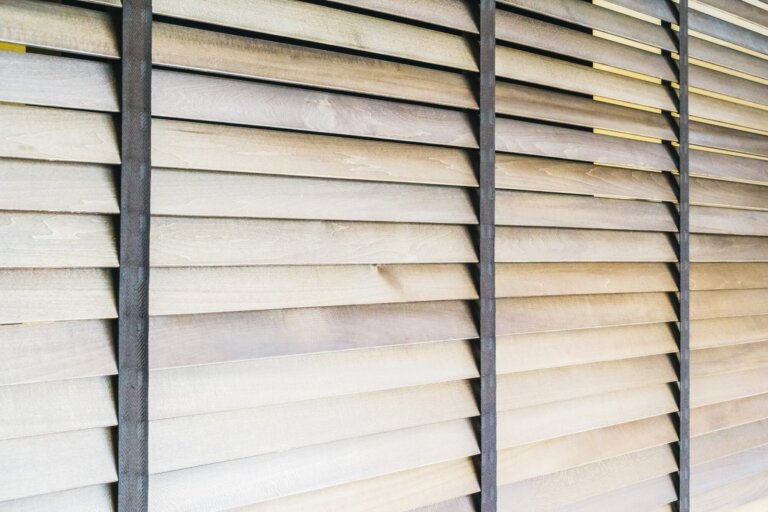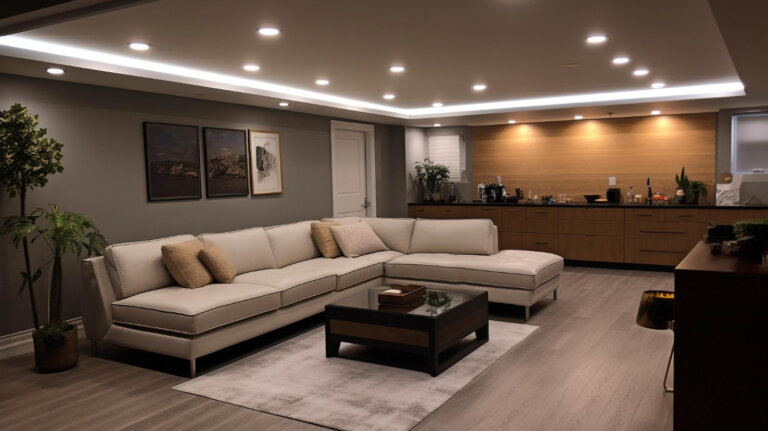Bathrooms are some of the most humid places in a home. Between long hot showers, steaming baths and limited airflow, it’s no surprise they’re prone to damp. All that moisture in the air doesn’t just fog up your mirror, it can quietly damage surfaces over time, especially your bathroom shutters. If you’re someone who enjoys shutters for privacy and light control, protecting them from steam should be a top priority.
Shutters offer a clean, tidy look that suits both modern and traditional bathrooms. But when exposed to constant steam without the right care or materials, you’ll start to notice changes. Warped panels, peeling paint and stiff hinges are just a few headaches you can run into. If you already have shutters in your Manchester bathroom or are considering them, a few simple choices and small habits can help keep them looking fresh and working properly for years.
Understanding Steam Damage
It’s easy to overlook, but steam is just hot water vapour. The moment it rises from your bath or shower, it starts spreading across the room. When that moisture touches a cool surface like a window or shutter, it condenses into water droplets. Over time, those droplets seep into any tiny cracks or edges, especially if the surface isn’t sealed well.
When shutters are made from wood or materials that aren’t up to the job, the damage adds up fast. You might begin to notice:
– Warping or bending in the slats so they no longer close properly
– Discolouration, especially on painted or stained shutters
– Mould or mildew forming on the surface or between gaps
– Creaky or rusting hinges that get harder to open and shut
Humidity also creates the perfect environment for lingering smells and moisture build-up behind the shutters, which you might not notice until things have gotten worse. All of this doesn’t just affect appearance, it can cause functional problems too, like stuck panels or broken hinges.
A common sign of trouble is if the shutters feel slightly swollen to the touch or start sticking when you try to move them. That usually means moisture has worked its way inside. At that point, a simple wipe-down won’t help much. You’ll either need professional maintenance or to replace them altogether, which can be more expensive than taking proper care from the start.
Choosing The Right Material
The best way to avoid steam damage is to choose materials that are made for the job. Some window treatments just aren’t cut out for a steamy bathroom, no matter how stylish they look. Timber, for example, can work alright in other rooms, but in a bathroom its porous nature is a problem waiting to happen.
Here are a few materials that hold up much better to moisture:
1. Faux wood: Made from PVC or a mix of synthetic materials, faux wood shutters look just like real timber but handle humidity far better. They hold their shape, won’t absorb water and are simple to wipe clean.
2. Vinyl: Lightweight, waterproof and affordable, vinyl is another strong choice for humid spaces. It’s easy to maintain and usually comes in neutral shades to suit most bathrooms.
3. Aluminium: Less common for home interiors, but highly resistant to rust and doesn’t warp at all. It works well in high-moisture settings, though it has a more modern look that might not suit every home.
Real wood can still be used in some cases, but it must be sealed correctly and combined with good ventilation. That said, even the best sealing wears out over time, and once moisture starts creeping in, the same problems pop up.
When picking shutters for the bathroom, think about more than just how they look next to your tiles. Ask yourself how often the room fills with steam, how long it takes to dry out, and whether you’ve had past problems with mould or condensation. The answers may point you toward materials that won’t just survive but will stay looking great with minimal upkeep.
Proper Ventilation Techniques
No matter how steam-resistant your shutters might be, ventilation is what really makes the difference. If moisture can’t get out of the room, it’s going to collect wherever it can, and shutters often end up bearing the brunt of that. Think about the last time you opened your bathroom door after a hot shower and got hit with warm, sticky air. If that air doesn’t circulate properly, it sticks around and settles onto your hard surfaces.
Improving airflow in your bathroom doesn’t have to mean renovating the whole space. A few everyday actions and upgrades can make a big difference:
– Open the window during and after your shower. Letting that steam escape quickly helps keep humidity down.
– Make use of an extractor fan. Run it during your shower and for at least 20 minutes after. The longer it runs, the more moisture it pulls out of the air.
– Leave the bathroom door ajar, if possible. This allows the moist air to spread out and not stay trapped in one spot.
– Dry wet towels and bath mats in a different room. Wet laundry adds to the damp and slows down how fast the bathroom dries.
– Wipe down flat surfaces after baths or showers to get rid of lingering condensation.
If the room is always damp no matter what you try, it might be time to check if your fan is working properly or consider upgrading to a more powerful unit. Another trick people often overlook is the window opening direction. In Manchester, many homes have sash or top-hung windows, and adjusting how wide they open can speed up how fast your bathroom airs out.
Regular airflow doesn’t just help the shutters either. It can help preserve paint, stop tiles from getting slimy and prevent smells from hanging around too long.
Regular Maintenance Tips
Once you’ve got the right materials and your bathroom is airing out properly, a basic cleaning routine is your best line of defence. You want to keep the surface of the shutters clean and dry so there’s no hiding spot for mould or mildew.
Set a simple plan and stick to it. You don’t need to scrub them daily, but a regular wipe-down helps hold off long-term damage. Here’s how to make it part of your weekly bathroom clean:
– Use a soft cloth or microfibre rag to dust the slats. Start at the top and work your way down.
– For a deeper clean, use a damp (not soaking wet) sponge with mild soap. Avoid harsh chemicals that might crack the finish.
– Make sure hinges and moving parts are dry and free of grime. If they squeak or feel stiff, ask a professional to check them rather than spraying anything on yourself.
– After cleaning, always leave the shutters open for a while to let all moisture dry off properly.
– Keep an eye out for swelling, flaking or changes in colour. Catching small issues early means you can book help before it becomes costly.
Treat your shutter care the same way you’d treat painted trims or windows. Light attention often is easier than fixing warped or stained pieces later. For example, a homeowner in South Manchester noticed their faux wood shutter began feeling a bit sticky near the bottom edge. A closer look revealed moisture had settled after every shower and wasn’t drying off. A simple swap in cleaning habits and letting fresh air in more often fixed the problem quickly.
Keep Your Bathroom Shutters Looking Their Best
Looking after bathroom shutters isn’t about big makeovers or fancy tools. It’s about picking the right materials, keeping the air flowing and sticking to simple habits every week. When shutters are taken care of properly, they return the favour by staying sharp, functional and part of your bathroom’s comfort.
If your Manchester home has struggled with mouldy corners or mildewy windows, your shutters might already be quietly taking a hit. But it’s not too late to do something about it. Whether you’re replacing old shutters or protecting a new set, a little effort now can save a lot of hassle later. Smart choices and small routines are all it takes to enjoy long-lasting shutters that hold up just as well as the rest of your home.
Discover how you can enhance the look and durability of your bathroom with our expertly crafted solutions. For ideas and inspiration on perfect shutter options designed for damp environments, explore our range of shutters for the bathroom. At Crafted Shutters, we’re here to help you keep your home stylish and functional.






